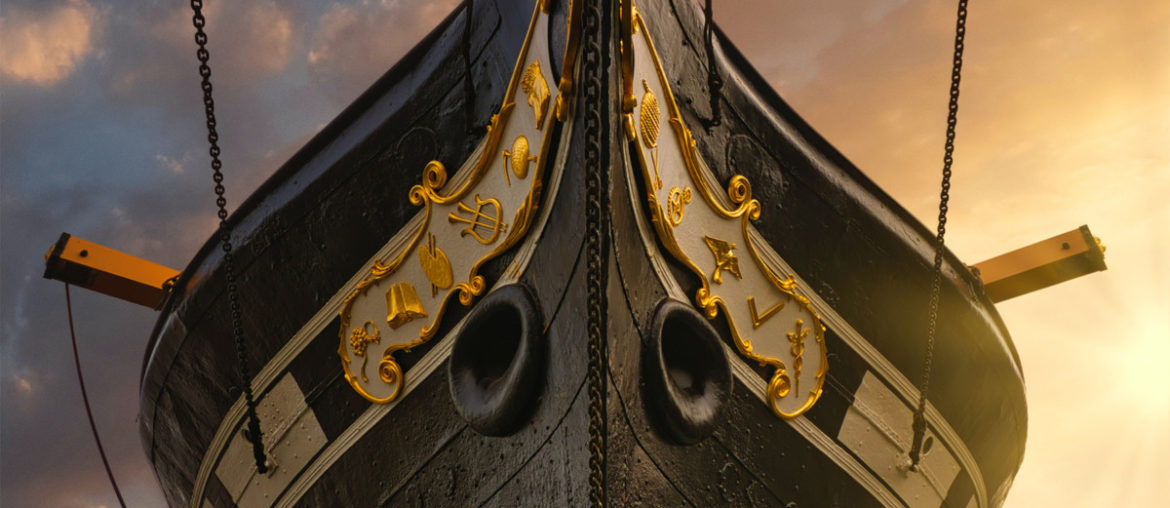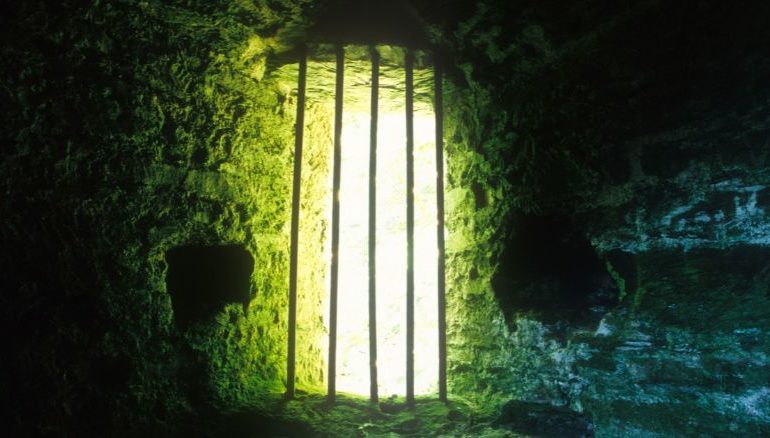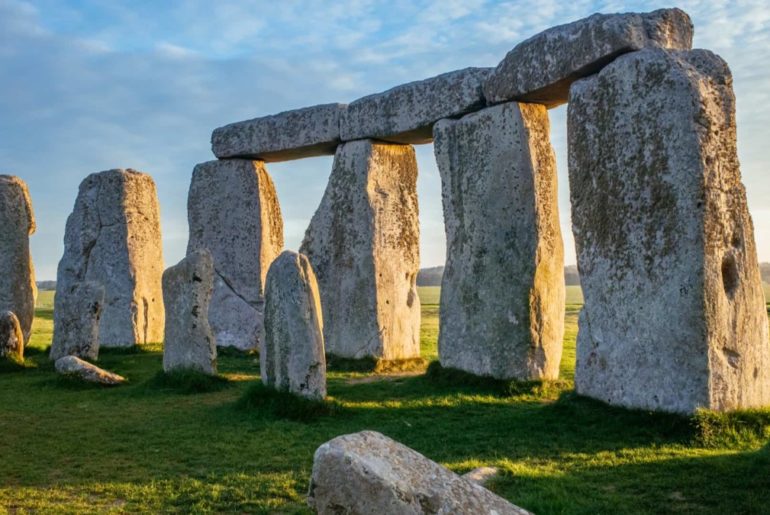Britain has a long history of shipbuilding innovation. It once ruled the seas with its immense Royal Navy, and many firsts in the shipbuilding industry came from the UK. And, as luck would have it, some of Britain’s most famous ships still exist today.
They may no longer be capable of navigating the seven seas, but they’ve been lovingly restored to pay homage to our history – and to give visitors the chance to climb aboard.
If you want to learn about Britain’s maritime heritage, add these ships, monuments and museums to your bucket list:
- Brunel’s SS Great Britain, Bristol
- Golden Hinde, Brixham Harbour, Devon
- RSS Discovery, Dundee
- HMS Trincomalee, Hartlepool
- Mary Rose, Portsmouth
- Royal Yacht Britannia, Edinburgh
See what they look like below!
Brunel’s SS Great Britain, Bristol
Today, the SS Great Britain is a museum named after its main attraction, a 19th-century passenger steamship dubbed the world’s first great ocean liner. It was also the world’s longest ship for ten years from 1845.
Amazingly, this ship was rescued all the way from the Falkland Islands, and now it’s proudly on display in Bristol. Climb aboard and look inside the first-class cabins to see what luxury travel was like back in the day.
Golden Hinde, Brixham Harbour, Devon
The Golden Hinde is a full-sized replica of the ship that Sir France Drake used to circumnavigate the globe for the first time in 1577.
It’s been a fixture of Brixham Harbour for over five decades, and it plays the lead role in the Brixham Pirate Festival each year in May. Step onto the decks and explore the cabins to see the cramped conditions Sir Drake’s men were subjected to.
RSS Discovery, Dundee
The Royal Research Ship (RSS) Discovery was explicitly built for Robert Scott and Ernest Shackleton’s voyage to the Antarctic, and it’s one of only two ships that survived the treacherous journey.
The crew had to survive three freezing winters, but their triumph made history, and their ship is now one of Dundee’s top-rated attractions. Just down the road, you can see the HMS Unicorn, one of the last two still seaworthy wooden British warships.
HMS Trincomalee, Hartlepool
HMS Trincomalee is the second of the last surviving British warships, built around the same time as HMS Unicorn shortly after the Napoleonic Wars. During its time, the ship was used to quash riots in Haiti and patrol the dangerous waters surrounding Newfoundland.
She finished her service days as a training ship in Portsmouth late in the 19th century. She was sold for scrap in 1897, but was luckily bought and restored by an entrepreneur. Now, it’s the centrepiece of the National Museum of the Royal Navy based in Hartlepool.
Mary Rose, Portsmouth
Just like Dundee, Portsmouth is a historic port and shipbuilding centre, now home to the Mary Rose, the gem of Henry VIII’s Tudor fleet. This famous ship sank back in 1545 when strong winds caused it to capsize. It wouldn’t be until 1836 that the wreckage would be discovered. It took nearly another 150 years before the hull was recovered, which you can now see along with 19,000 Tudor artefacts at the Mary Rose Museum.
Royal Yacht Britannia, Edinburgh
If you’ve ever wondered what a ship fit for royalty might look like, you should pay a visit to the Royal Yacht Britannia in Edinburgh. This ship is where Queen Elizabeth II made some of her happiest memories as she travelled to the far reaches of the Commonwealth and sailed more than a million miles over 40 years. Now, you can climb aboard to see the crew quarters, engine room and state apartments. You can even grab a cuppa in the Royal Deck Tea Room.
For nautical adventures in London, make sure you take a look at our London Attractions in Maritime Greenwich. It’s the perfect spot for history buffs and navy enthusiasts.






